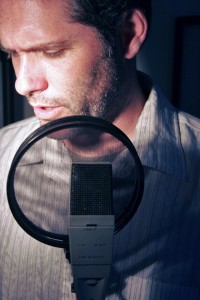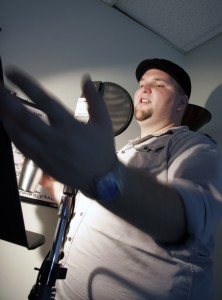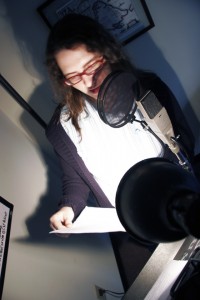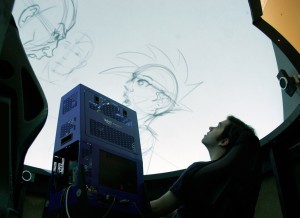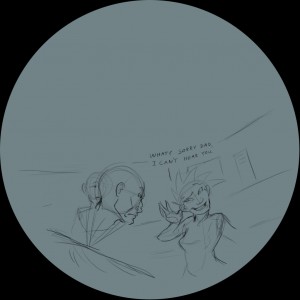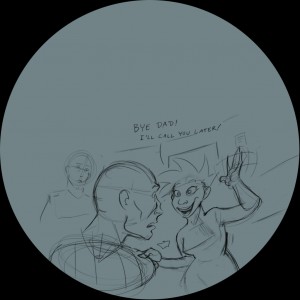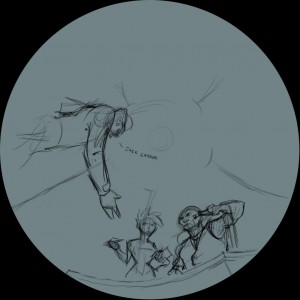We just finished production on our latest show, Magic Tree House: Space Mission and now it’s time for the surround mix. While we usually do the sound design in-house, we decided it would be much more efficient and cost effective to send off our surround mix to an outside house. So we send it off to Alex Markowski at Audio Kitchen Post who does a mix in his studio and then comes over to our dome, plugs into our surround speakers (and brings his own) and does a final mix.
If you’re new to producing digital content and don’t know some of the details of what to do once you’ve finished the sound design (or if your surround guy is new to planetarium mixing), here are some tips:
1. Exporting for the mix – OMFs
Because your sound mixer may not use the same platform or application that you used to do sound design, you’ll probably be asked to export an OMF. You may be thinking, “WTF is an OMF?” An OMF is basically all of your sound clips and timing information in a generic format that other programs can use in one large file. Your mixing person can take this file, import it into his application and tweak away. *IMPORTANT* – Apple’s Soundtrack does NOT export as OMFs (it does export AAF’s but that’s a different story). I’d suggest just using another program if you’re using a Mac such as ProTools LE, Logic or even just Final Cut.
Before you export, make sure your tracks are organized in groupings (dialog, VO, music, sfx). Levels, pans and filters cannot be exported as part of an OMF so it is important to have a….
2. Guide Track
When you send your mixer your video domemaster for reference (make sure it’s not 4K or it’ll be a pain in the butt – shrink it down to 1K), export your audio (the guide track) as an aiff and attach it to the video or send it as a separate file so that the mixer has a good sense of what you’re trying to make the audio sound like.
3. VO in the dome
Normally when you mix VO for 5.1 surround in a movie theater, you put the voice in the center channel and then just a bit in the left and right. However, in the dome, it’s usually good to bring the VO up in the left and right (about -3db from the center level). This way, when sitting in the left part of the theater, it prevents the VO from sounding like it’s coming from the right part of the theater and vice versa. Let your surround guy know.
4. Do the final mix in a dome
Don’t trust your headphones or your fancy-schmancy Alesis monitors. Things sound very different in the dome. There’s a lot more reverb and subtle sounds can get totally lost, especially in a big dome. Have your sound guy set up a computer in the dome and plug it into your surround system or set up his own speakers. That way you’ll get the real deal.
5. The Final Files
Here’s what you need from the final mix:
- 5.1 surround mix (6 files – Center(C), Front Left(L), Front Right(R), Back Left (Ls), Back Right (Rs) and Low Frequency (Lf))
- stereo mix (2 files – L and R)
- a 5.1 dialog and M&E (music and effects) mix – this is so you can hand it off to a planetarium in a country that speaks another language and they can replace the dialog track with their native language.
Is there anything else you’ve had to deal with or keep in mind? If so, let us know and we’ll add to the list.
